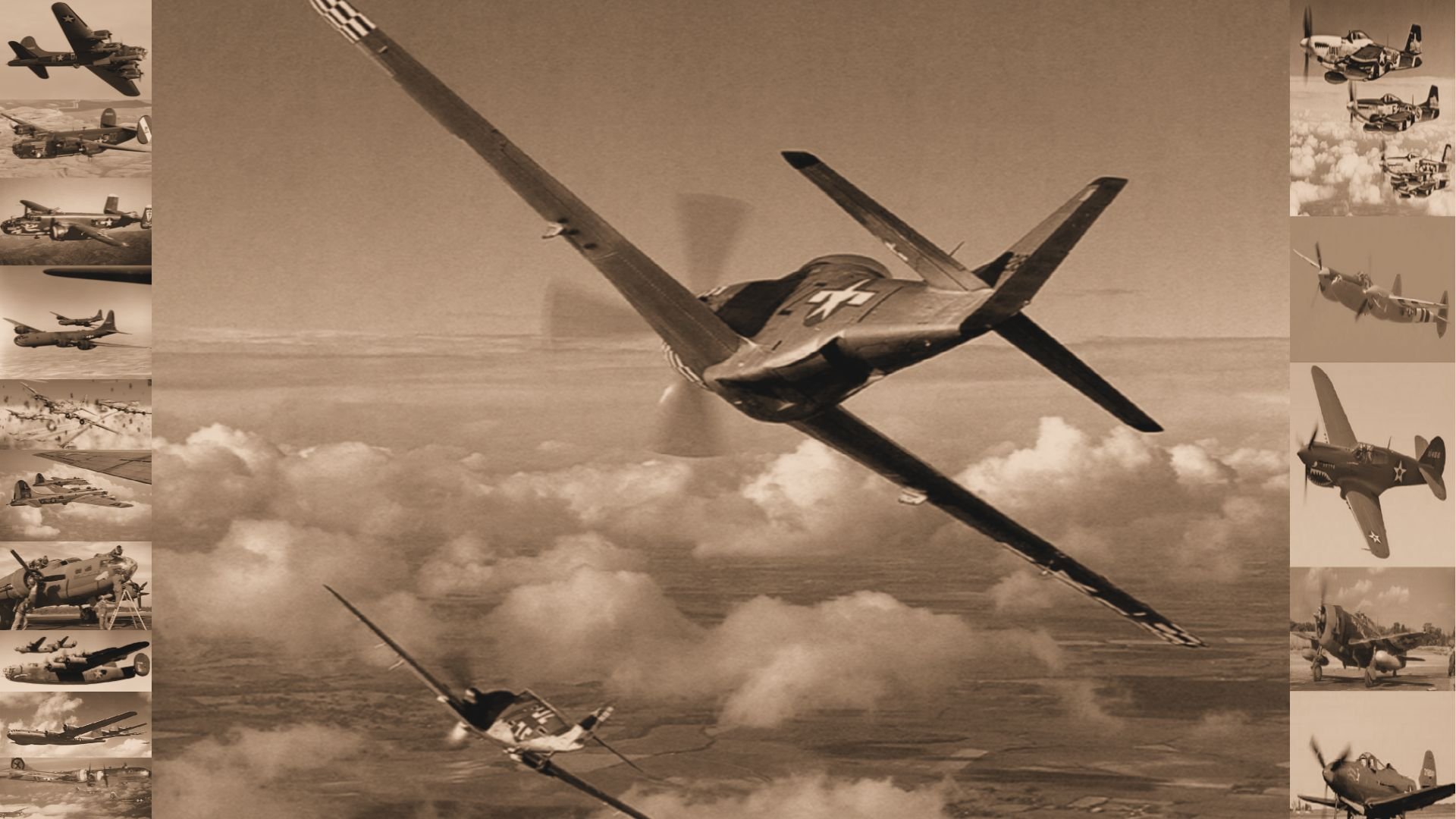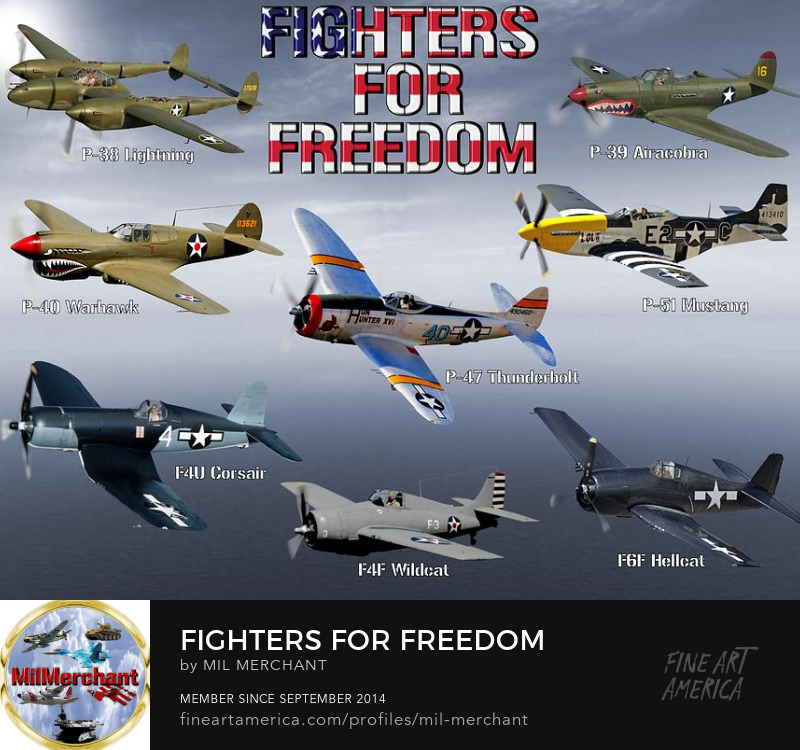The Northrop P-61 Black Widow, named for the deadly American spider, was the first operational U.S. military aircraft designed specifically for night interception of opposing aircraft, and was the first aircraft specifically designed to use radar. It was an all-metal, twin-engine, twin-boom design developed during World War II. The last aircraft was retired from government service in 1954.
Development
The British Purchasing Commission was evaluating US aircraft after declaring their urgent need for a high-altitude, high-speed aircraft to intercept the Luftwaffe bombers attacking London at night. The aircraft would need to patrol continuously over the city throughout the night, requiring at least an eight-hour loiter capability. The aircraft would carry one of the early (and heavy) AI radar units, and mount its specified armament in 'multiple-gun turrets'. The British conveyed the requirements for a new fighter to all the aircraft designers and manufacturers they were working with. Jack Northrop was among them, and he realized that the speed, altitude, fuel load and multiple-turret requirements demanded a large aircraft with multiple engines. Northrop's first proposal was a long fuselage gondola between two engine nacelles and tail booms with a tricycle landing gear. Engines were to be Pratt & Whitney R-2800-10 Double Wasp 18-cylinder radials, producing 2,000 hp (1,491 kW) each. The fuselage was to house a three-man crew, the radar, and two four-gun turrets. Some alternative design features were investigated before finalization. Among them were conversion to a single vertical stabilizer/rudder and the shifting of the nose and tail gun turrets to the top and bottom of the fuselage along with the incorporation of a second gunner. Late in November 1940, Northrop returned to the crew of three and twin tail/rudder assembly. To meet USAAC's request for more firepower, designers abandoned the ventral turret and mounted four 20 mm (.79 in) Hispano M2 cannons in the wings. As the design evolved, the cannons were subsequently repositioned in the belly of the aircraft. The P-61 therefore became one of the few U.S.-designed fighter aircraft to have 20 mm (.79 in) cannon as factory-standard in World War II. On 5 November 1940, Northrop and Vladimir H. Pavlecka, Northrop Chief of Research, met at Wright Field with Air Material Command officers and presented them with Northrops preliminary design and with only one other competitor for a design, Northrops design was selected and the Black Widow was conceived. The XP-61's spine-mounted dorsal remote turret could be aimed and fired by the gunner or radar operator, who both had aiming control and gyroscopic collimator sight assembly posts attached to their swiveling seats, or could be locked forward to be fired by the pilot in addition to the 20 mm (.79 in) cannons. The radar operator could rotate the turret to face to the rear, in order to engage targets behind the aircraft. Capable of a full 360° rotation and 90° elevation, the turret could conceivably be used to engage any target in the entire hemisphere above and to the sides of the XP-61.
Back to Top
The basic design was approved by the USAAC and a contract issued for prototypes on January 10, 1941. Designated the XP-61, the aircraft was to be powered by two Pratt & Whitney R2800-10 Double Wasp engines turning Curtiss C5424-A10 four-bladed, automatic, full-feathering propellers. As construction of the prototype moved forward, it quickly fell victim to a number of delays. These included difficulty obtaining the new propellers as well as equipment for the upper turret. In the latter case, other aircraft such as the B-17 'Flying Fortress', B-24 'Liberator', and B-29 'Superfortress' took priority in receiving turrets. The problems were eventually overcome and the prototype first flew on May 26, 1942, with the first production aircraft rolling off the assembly line in October 1943.
Back to Top
Into Service
European Theatre
The first unit to receive the P-61 was the 348th Night Fighter Squadron based in Florida. A training unit, the 348th prepared crews for deployment to Europe. Additional training facilities were also used in California. The P-61 was not entirely welcomed into the USAAF over Europe. In May, 1944, General Spaatz requested the de Havilland Mosquito night fighters to equip two U.S. night fighter squadrons based in the UK. The request was denied due to insufficient supplies of Mosquitoes which were in demand for a number of roles. At the end of May, the USAAF insisted on a competition between the Mosquito and the P-61 for operation in the European Theater. RAF crews flew the Mosquito Mk XVII while crews from the 422nd NFS flew the P-61. In the end the USAAF determined that the P-61 had a slightly better rate of climb and could turn more tightly than the Mosquito. In England, the 422d NFS finally received their first P-61s in late June, and began flying operational missions over England in mid-July. These aircraft arrived without the dorsal turrets so the squadron's gunners were reassigned to another NFS that was to continue flying the P-70(A-20 Night Fighter). The first P-61 engagement in the European Theater occurred on July 15 when a P-61 piloted by Lt. Herman Ernst was intercepted a V-1 'Buzz Bomb'. However, due to damaged to his rear cone(a common problem resolved in later models), he was not able to bring it down. On the 16th of July, he again had the chance to intercept the V-1 and this time was successful, making it the first kill of a P-61, albeit, during a daytime flight. By December 1944, P-61s of the 422nd and 425th NFS, operating from abandoned Lufwaffe bases, were helping to repel the German offensive known as the Battle of the Bulge, with two flying cover over the town of Bastogne. Pilots of the 422nd and 425th NFS switched their tactics from night fighting to daylight ground attack, strafing German supply lines and railroads. During its night fighting operations the most commonly encountered and destroyed Luftwaffe aircraft types were Junkers Ju 188s, Junkers Ju 52s, Bf 110s, Fw190s, Dornier Do 217s and Heinkel He 111s, while P-61 losses were limited to numerous landing accidents, bad weather, friendly and enemy anti aircraft fire. No P-61s were confirmed to be destroyed in aerial combat, though one may have been shot down by an Fw 190.
Back to Top
Pacific Theatre
In June 1944, the first P-61s reached the Pacific and joined the 6th Night Fighter Squadron on Guadalcanal. The Black Widow's first Japanese victim was a Mitsubishi G4M 'Betty' which was downed on June 30, 1944. By this stage of the war, Japanes aircraft flying night missions were far and few in between. One squadron succeeded in destroying a large number of Kawasaki Ki-48 'Lily' Imperial Japanese Army Air Service twin-engined bombers, another shot down several G4Ms , while another pilot destroyed two Japanese Navy Nakajima J1N1 'Irving' twin-engined fighters in one engagement but most missions were uneventful. On 30 January 1945, a lone P-61 performed a vital mission that was instrumental in the successful raid carried out by the U.S. Rangers to free over 500 Allied POWs held by the Japanese at the Cabanatuan prison camp in the Philippines, by performing low flying aerobatics, distracting the guards as the Rangers approached undetected.
Back to Top
Retirement
With the change in the USAF's aircraft designation system in June 1948, all P-61s became F-61s and all F-15As became RF-61Cs. Retirement of the P-61 began in 1948 by replacing them with F-82s TwinMustangs, equipped as night fighters, and by the end of the year all of the ADC Black Widows in the United States, Alaska and in Panama were off the inventory rolls. Most of Far East Air Force's P-61s were retired in 1949; the last operational Black Widow of the 68th Fighter Squadron, 347th Fighter Group left Japan in May 1953, missing the Korean War by only a month, where they may have proved useful against the North Korean PO-2 night flying intruders that stalked Allied airfields for much of the war.
Back to Top
All models and variants of the P-61 were produced at Northrop's Hawthorne, California manufacturing plant with a total of 706 being built. The final F-61s were retired in May 1950. Sold to civilian agencies, F-61s and F-15s (the F-15 carried a multitude of cameras and was intended for use as a reconnaissance aircraft and was redesignated F-61 in 1948), it performed in a variety of roles into the late 1960s, from weather research to fire fighting. The last recorded commercial flight was on 6 September 1968, when Ralph Ponte, one of three civilian pilots to hold a rating for the F-15, was flying a series of routine Phos-Chek drops on a fire raging near Hollister, California. Despite not being overloaded for a shorter runway, weather conditions from the fire, made the take-off dangerous and Ponte decided to abort during take off. However, the plane was unable to stop in time, crashing into a vegetable garden, breaking a wing and causing a fire, which was put out by another fire fighting aircraft, saving Ponte's life.
Back to Top




